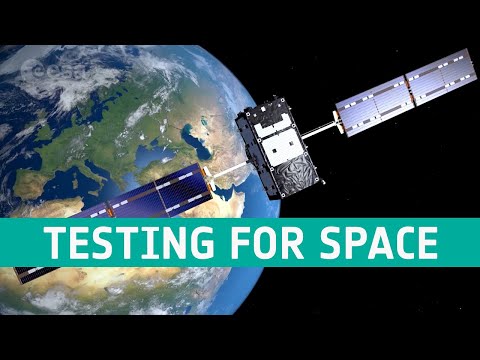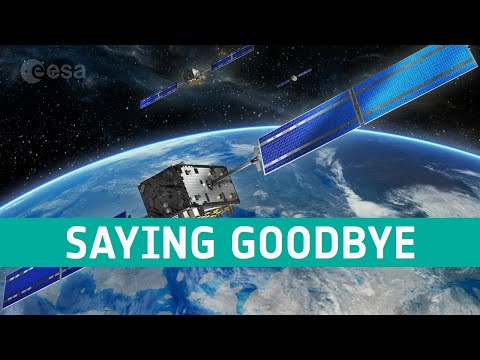Completing the constellation
On 25 July 4 Europe’s next four Galileo satellites will be launched into orbit by Ariane 5 from Europe’s Spaceport in French Guiana.
With this launch the Galileo constellation will reach 26 satellites in space, completing the constellation in overall numbers although further launches are needed to place back-up satellites in orbit.
The launch comes at a time when Galileo is into its second year of Initial Operations, with a signal that is better than expected and that is now usable in all new mobile phones.
This video looks at Galileo’s story so far and the way forward, interviewing Paul Verhoef, ESA Director of Navigation, and Valter Alpe, Galileo’s Satellite Production and Launch Campaign Manager.
★ Subscribe: http://bit.ly/ESAsubscribe
Learn more about Galileo: http://bit.ly/GalileoSatelliteESA





Second
Great vídeo !
Well done ESA!
So, has the dispute with the Chinese Beidou navigation system been solved? I recall reading a while ago that there aparently where problems regarding frequencies, as both Galileo and Beidou were using similar, or even the same frequencies.
subtitles in inglish pls 🙂
Some annotations to the statements inside the video:
As far as I know, after a successful launch in July 2018 not 26 satellites, but only 23 will be available. As far as I knew, one of the satellites launch has failed since May 2014 and 2 satellites are unusable for Galileo because they were misdirected due to a launch error with a Soyuz rocket on August 2014. That should actually be known to the TV team of ESA.
With only 23 satellites they do not really have a complete constellation for full operational purposes.
👍👍👍👍👍👍👍
Hello again! My brother William is interested in working with you. Any recommendation? Thank you
Great work!
Finally, our own gps system!!!